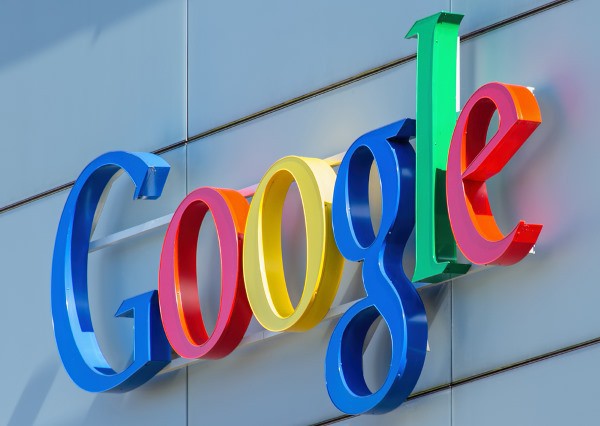Google's Amazon Problem

I have long been a critic of the "Peak Google" argument because it is based on a flawed premise -- that deep engagement and consequently "brand advertising" are somehow a threat to Google's model of transactional engagement. While I strongly disagree with that line of reasoning, there are other threats that Google faces within the transactional realm.
Search advertising drives the vast majority of Google's revenue and the most profitable searches are frequently those that are made with the intent to purchase. These purchase-oriented searches are hardly monolithic but can broadly be categorized into B2B and C2B searches. C2B searches can be broken down further into products and services. Looking at taxonomy of transactional opportunities makes it clear that the threat from "deep engagement" is vastly overstated. Facebook is a great place to generate awareness but it's hardly a way to reach customers looking for something specific. Also, breaking down the gamut of transactional opportunities makes it easier to identify threats.
Google doesn't really face a host of challenges in a transactional B2B context (especially valid for high-volume SMB searches, e.g. buying office furniture). On the C2B services side, on-demand startups are a threat but not a major one given the breadth of possible needs (e.g. travel, legal representation, car repair, insurance, etc.). This leaves C2B product searches (e.g. buying a phone). If these searches eventually lead consumers to the same vendor, wouldn't it be more convenient for consumers to "cut out the middleman"? This may already be happening. According to a recent survey, 44 percent of US shoppers go directly to Amazon for product searches, while 34 percent go to search engines (notably, Google). On mobile, where speed is of the essence, it is safe to assume that the percentage of mobile searches would be even more skewed in favor of Amazon.
How could Google possibly counter this threat? Simple; by moving a step back. Google's current transactional model targets users that are already aware of their intent to purchase -- the same users that Amazon targets. But if Google could predict intent, it could reach users one step before they put that intent into action.

This appears to be Google's primary focus with Now on Tap, the tentpole feature accompanying Android 6.0 Marshmallow. In many cases, consumers discover needs through conversations with others and many these conversations happen on smartphones. By inserting themselves into the layer between conversation and action, Google is set to gain a key competitive advantage over other forms of transactional engagement. The fact that this covers both C2B products and services also allows Google to create a defensive moat around their model. This shows how important Android is to Google's future, even though it is not and was never meant to be a standalone business.
This story was reposted with permission from tech-thoughts.
 Sameer Singh is an M&A professional and business strategy consultant focusing on the mobile technology sector. He is founder and editor of tech-thoughts.net.
Sameer Singh is an M&A professional and business strategy consultant focusing on the mobile technology sector. He is founder and editor of tech-thoughts.net.
Photo credit: photogearch / Shutterstock
